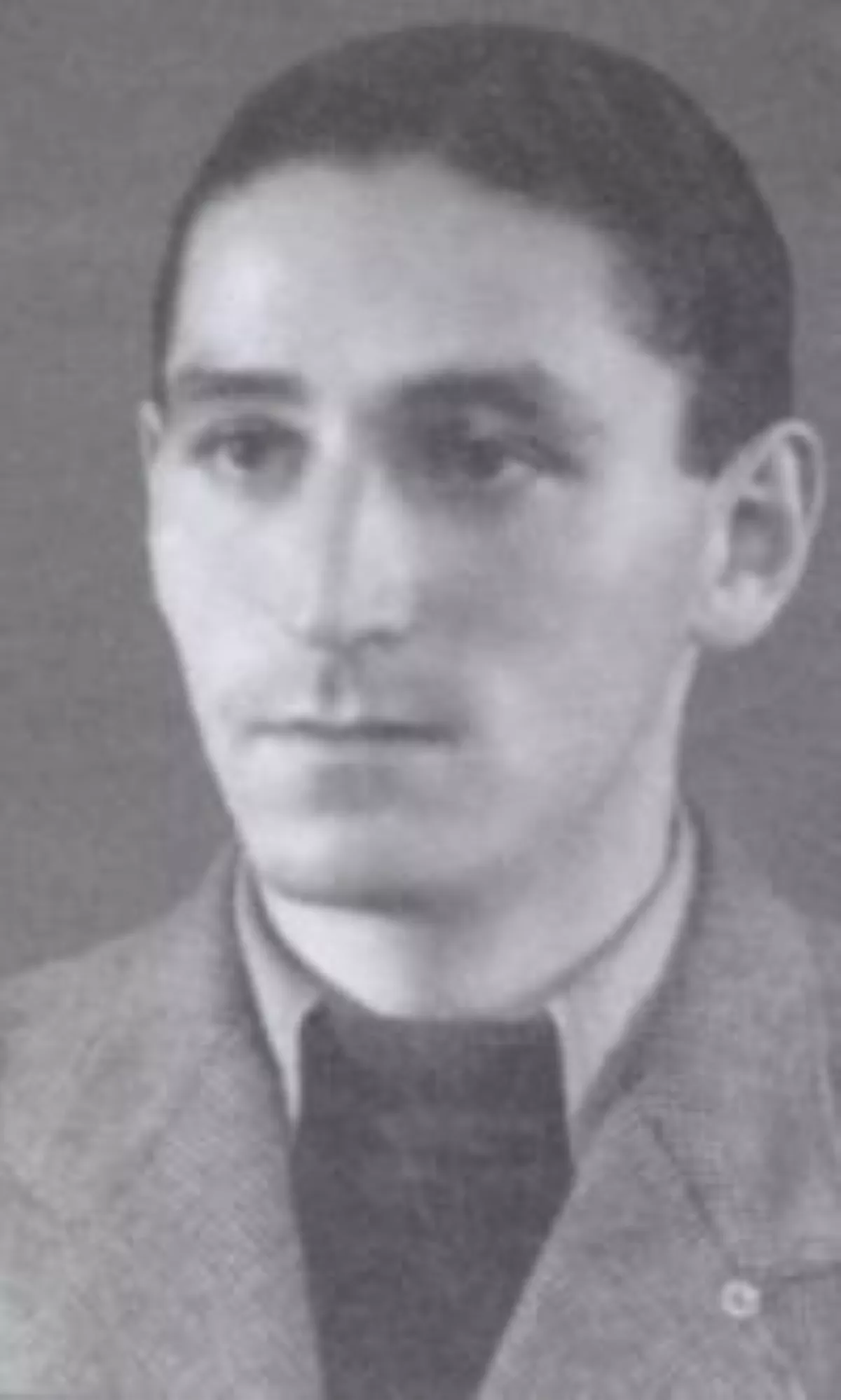 1.
1. Alfred Hirsch was a German-Jewish athlete, sports teacher and Zionist youth movement leader, notable for helping thousands of Jewish children during the German occupation of Czechoslovakia in Prague, Theresienstadt concentration camp, and Auschwitz.